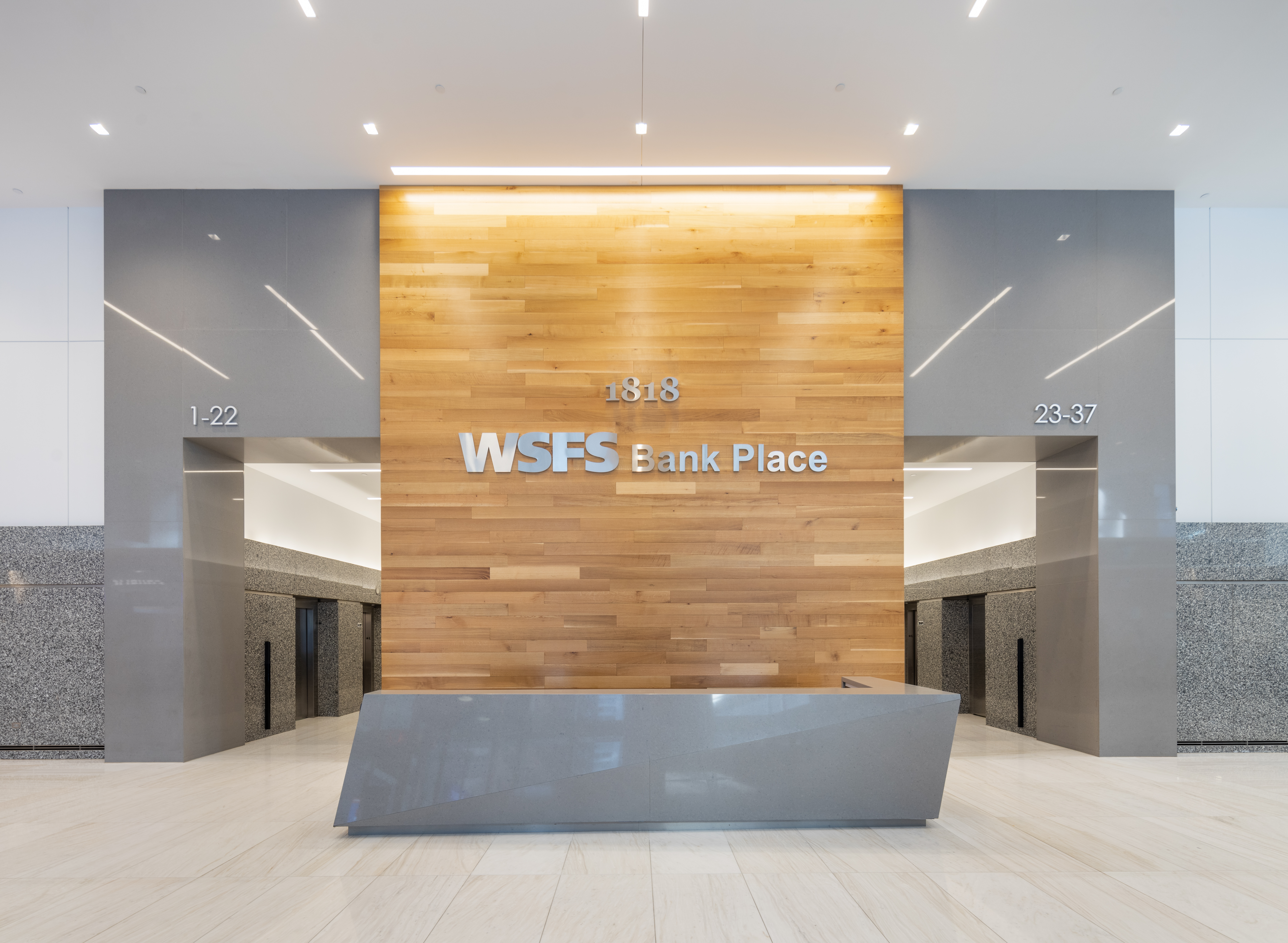Fire Emergency
Smoke and Fire Emergency Procedures
- If You Discover A Fire Or Smell Smoke:
- Sound the building alarm. Know the location of the alarm signal stations and how they operate.
- Telephone the Management Office at 215 567 7412.
- Notify your Safety Warden.
- When fire alarm sounds, leave at once. Close, but don’t lock doors behind you and proceed into fire tower. Please remain there until you are given instructions by the Fire Department or the Building Fire Marshal. Fire towers are safe areas of refuge since they are enclosed and the doors and walls are three hour fire-rated to keep smoke and heat from entering the stairway.
- DO NOT USE ELEVATORS. They will stop if power fails, causing occupants to become trapped.
- Feel the door that leads from your office to the corridor before opening it. If it is hot or smoke is seeping in, do not open. If you become trapped in your office and cannot reach the fire tower, keep door closed and seal off any cracks. Use a phone in the office to call the Fire Department by dialing 911 and give the address of the Building, the floor you are on, and office number.
- If door feels cool, open cautiously. Be braced to slam it shut if hall is full of smoke or if you feel heat pressure against door. If hall is clear, proceed with escape plan.
If All Escape Routes Are Blocked:
- Move as far away from the fire as possible closing all doors as you go.
- Stuff clothing or other material around ventilation ducts and cracks in doors to prevent smoke from penetrating the area.
- If a phone is accessible, dial 911 and give them your precise location.
When to Evacuate:
- When you hear the alarm announcement.
- Follow the evacuation instructions precisely.
- DO NOT use the elevators unless otherwise instructed. Use stairwells only.
Building Fire Safety Features
There are fire alarm pull boxes next to all fire tower stairwell doors.
Each floor at 1818 Market Street has four (4) stairwells located in the Northeast, Northwest, Southeast and Southwest core of the Building. The enclosed exit stairwells are constructed of fire resistant materials.
Stairwell doors must not be blocked open because this may allow the spread of fire or smoke into the exit stairwells. Tenants should become familiar with the location of all exit stairwells on their floor
The building provides only one type of fire extinguisher “ABC”. These extinguishers may be used on all types of fires.
Types of Fires
Class A - Fires in such ordinary combustibles as paper, wood, cloth, rubber, textiles, and many plastics.
Class B - Fires in flammable liquids such as grease, oil, paint and gasoline.
Class C - Fires involving energized electrical equipment where there is a risk of shock. (When electrical equipment is de-energized, Class A fire extinguishers may be used safely).
Class D - Fires in combustible metals, such as magnesium, titanium, zirconium, etc.
Multi-purpose "ABC" extinguishers can be purchased to handle all classes of office fires. These chemical-based extinguishers can cause damage to electronic equipment. However, water extinguishers must not be used if an electrical current is present because of the danger of electrical shock. A fire in electronic equipment rooms will almost always require the use of an "ABC" rated fire extinguisher: "A" because there is likely to be paper nearby, "B" because there may be oil or grease involved, and "C" because it is electrical equipment.
Arrangements with Building Management should be made to protect areas such as computer rooms, mailrooms, and duplicating and storage areas with fire rated enclosures and fire extinguishers. Depending on the size and value of these areas, smoke detectors or automatic extinguishing systems are recommended.
Fire Extinguisher Operation
TO OPERATE: If you use a fire extinguisher remember the word “PASS”.
PULL - Pull the pin. Some extinguishers require releasing a latch or pressing a puncture lever.
AIM - Aim low, pointing the extinguisher nozzle (or its horn or hose) at the base of the fire.
SQUEEZE - Squeeze the handle. This releases the extinguishing agent.
SWEEP - Sweep from side to side at the base of the fire until it appears to be out. Watch the fire area in case fire breaks out again, and repeat the use of the extinguisher if necessary.
Most portable extinguishers work according to these directions, but some do not. Be prepared by making sure you read the directions on your fire extinguishers before a fire emergency happens.
Recommended Fire Safety Feature for Tenant Spaces
Tenants should make arrangements with Building Management to protect areas such as computer rooms, mailrooms, and duplicating and storage areas with fire-rated enclosures and fire extinguishers. If the size or value density of these areas is large, smoke detectors or automatic extinguishing systems should be considered. Call the Management Office 215 567 7412 if you need any assistance in arranging the purchase of any of the above equipment.
Tenants should take steps to safeguard their business from the effects of a fire in the Building by protecting vital documents and company records. This can be done by off-site storage duplicate records, or fire-resistance storage areas. The specific method of protection will depend on the size and nature of the material involved.

